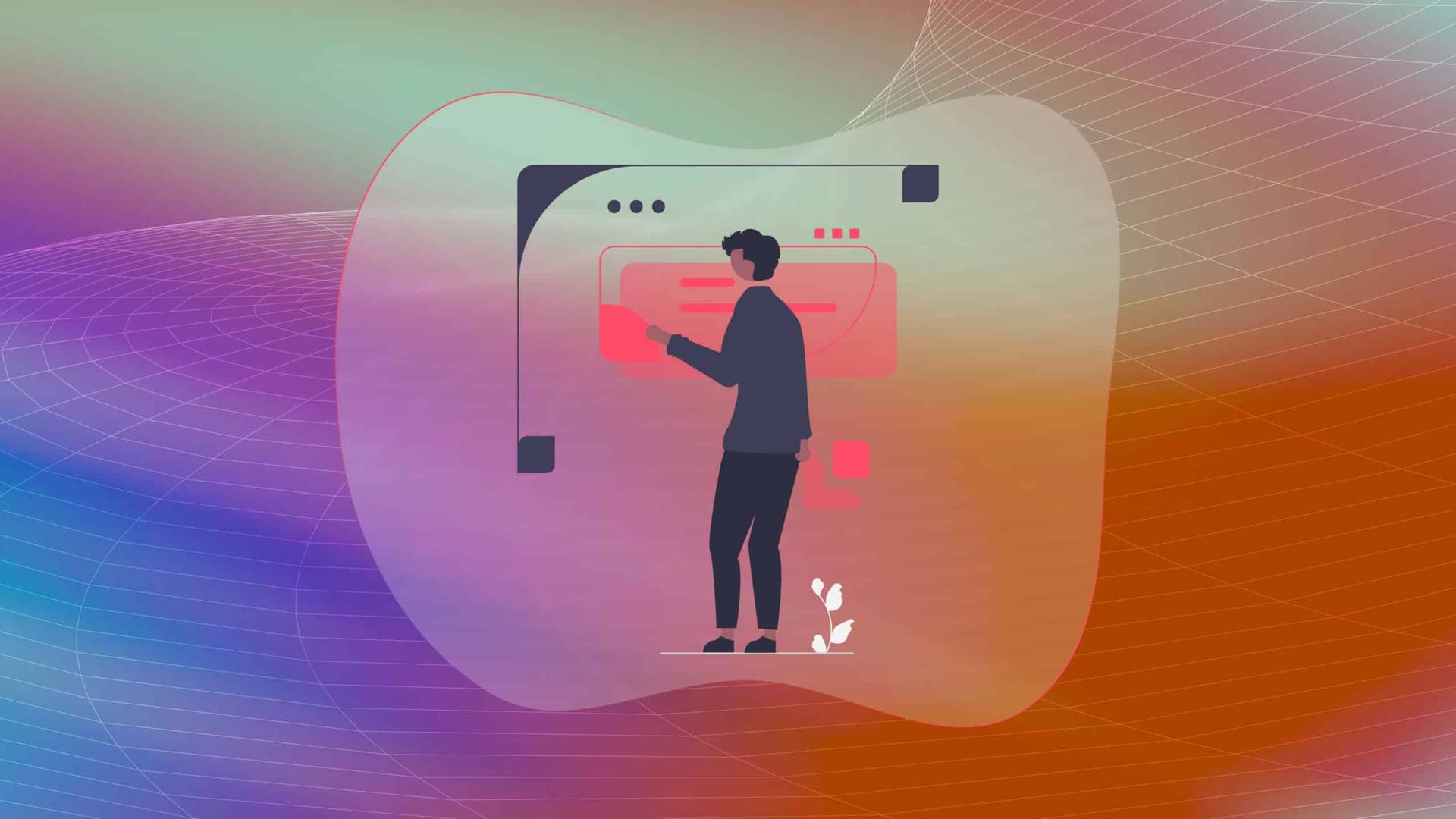While The Future Is Metaverse, What's Now?

The future is metaverse, and the future of the internet is gradually shifting towards a new era, where the metaverse and Web3 will play a pivotal role. As the buzz around these concepts grows, many experts believe they will define the future of technology, offering a more democratic, inclusive, and versatile virtual space.
Despite their enormous potential, the hype around the metaverse and Web3 have not yet translated into widespread enthusiasm from the general public. In this blog post, Metastack will explore the concept of the metaverse and Web3 and why they are crucial for the future of the internet.
Why People Aren't Metaverse-Ready Yet
The future is metaverse, and Web3 is set to revolutionize the digital landscape, but the buzz surrounding these trends has yet to impress the general audience.
Despite the excitement among digital natives, research shows that only a small percentage of people understand the metaverse or have heard of Web3.
It's unsurprising since these concepts are still relatively new and vague to most people, and some are not enthusiastic about exploring virtual reality. However, this should not worry developers and innovators invested in creating the internet of the future.
The early adopters and pioneers who pave the way will educate and attract more people, just as the internet had only 45 million users in 1996 but reached 150 million by 1999. The future is metaverse, and it will take time for the mainstream audience to catch up and embrace it fully.
What The Tech Industry Can Do
In the future metaverse, gradually introducing consumers to the concept is the best way to pique their interest. To achieve this, some tech companies and startups are leveraging technologies that let people experience how the virtual world integrates into their daily lives.
Virtual Reality (VR) and Augmented Reality (AR) are becoming increasingly affordable for businesses to incorporate into their services. AR, in particular, is proving efficient in familiarizing consumers with new technologies by blending the virtual and physical worlds.
By making virtual objects a part of what's familiar in their environment, consumers can comfortably ease into tech advances. Researchers have found that 75% of consumers expect retailers to offer an AR experience, and the creative use of AR can increase brand awareness by 70%.
This demonstrates that people are ready for technological advances when they see how these innovations positively impact their lives and make everyday processes more fascinating in the future metaverse.
How Today's Customer Experience Leads to the Metaverse
In the future metaverse, using AR to interact with virtual objects can be pivotal in changing consumers' attitudes towards the metaverse and Web3.
AR may not be directly related to the metaverse, but it can demonstrate how exciting it is to interact with virtual objects and, ultimately, the virtual world.
While not everyone may be interested in entering the metaverse, the powerful technologies created for it can be employed in the real world to make our lives easier and more enjoyable.
Although it's uncertain whether the metaverse will gain mass popularity, imagining humanity's future in virtual space has led to significant technological advances shaping our lives in the future metaverse and beyond.
Keep monitoring Metastack to get more information about the future.



